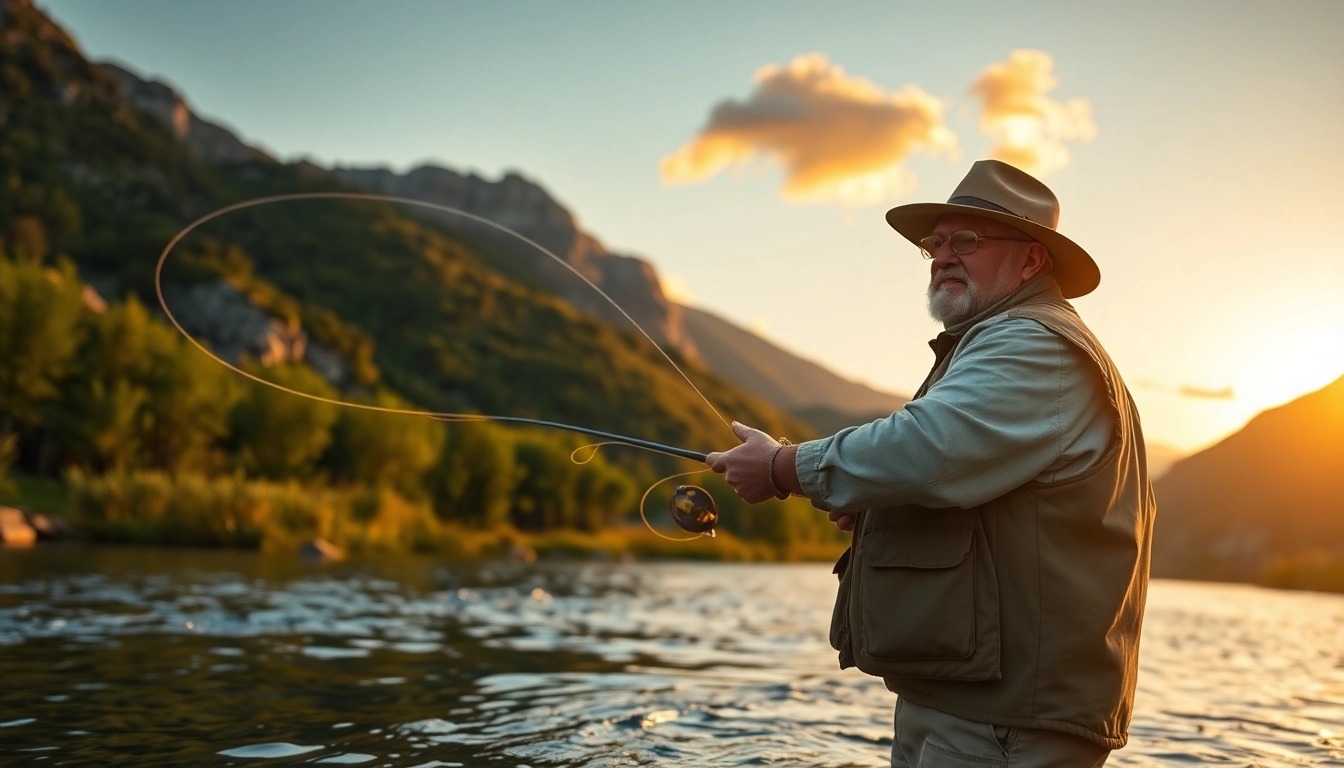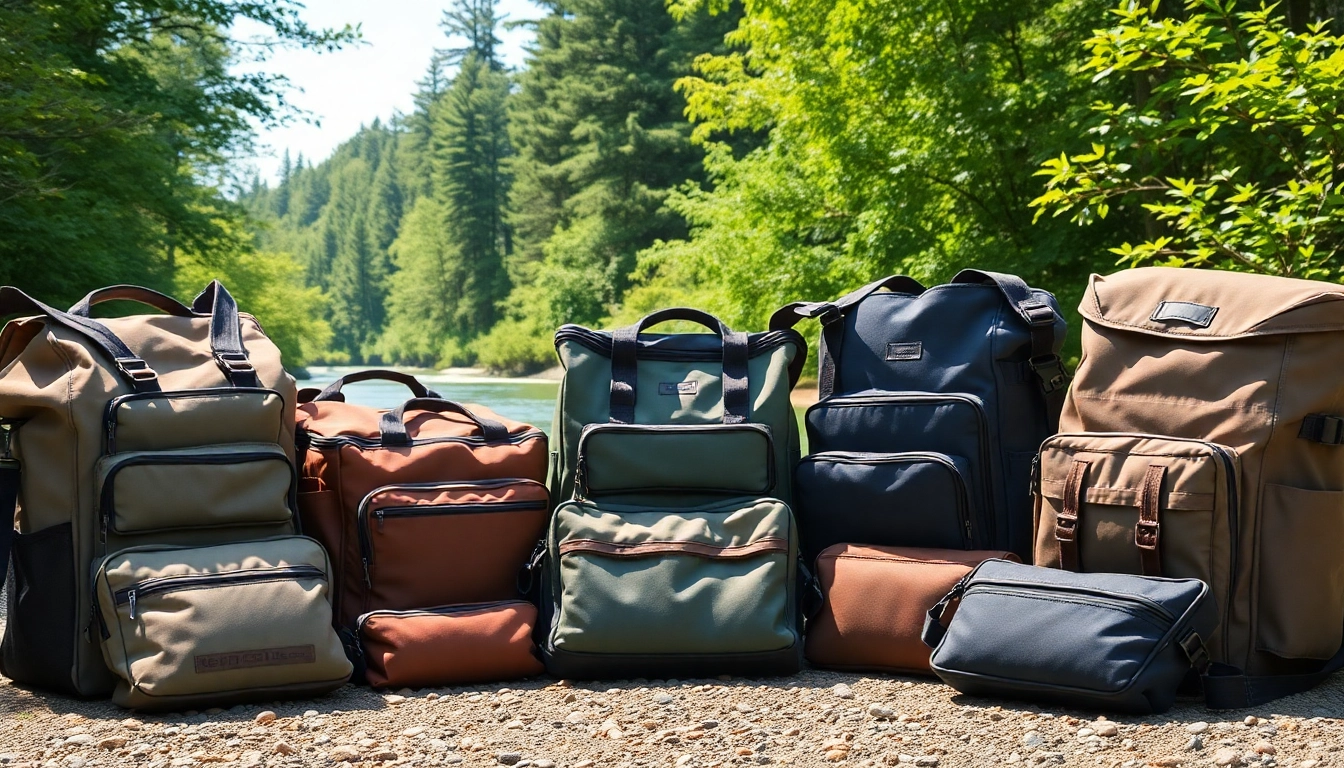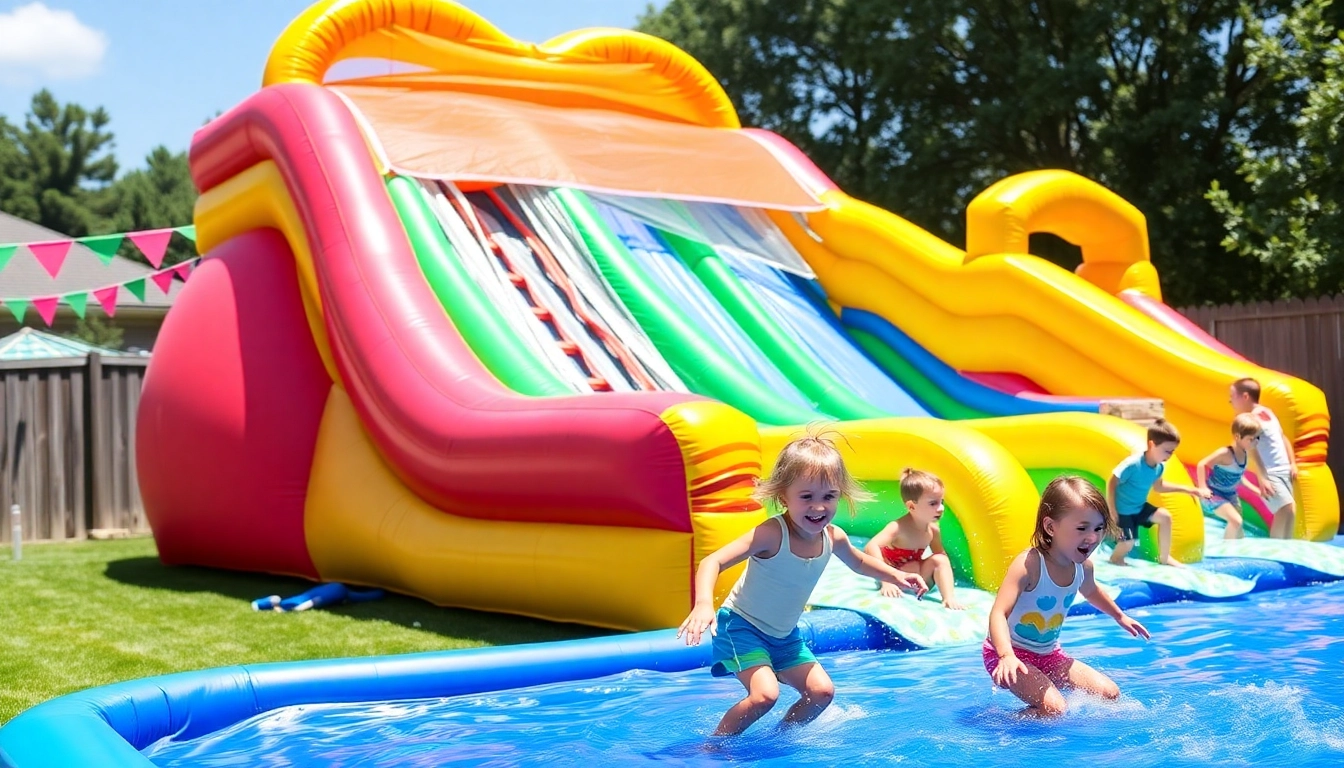For many anglers, selecting the right gear is crucial for an enjoyable and successful day on the water. Among the various components that contribute to a rewarding fly fishing experience, the Fly fishing line stands out as a fundamental element that can significantly affect performance. In this comprehensive guide, we’ll explore everything you need to know about fly fishing lines, from types and matching them with your rod to common mistakes and maintenance tips. Our goal is to empower both novice and experienced anglers with the knowledge they need to pick the perfect line for any fishing scenario.
Understanding the Types of Fly Fishing Line
Weight Forward Lines Explained
Weight forward (WF) lines are among the most popular choice for fly anglers. As the name suggests, these lines have a heavier front taper, allowing for smoother, more controlled casting. The design is particularly advantageous for casting short distances, making them ideal for close-quarters situations or when targeting fish in tight spaces. The weight in the front of the line allows you to load the rod properly, enhancing accuracy and distance.
WF lines are primarily categorized by weight ratings, ranging from 1 to 12. A lighter line (e.g., WF4) is suitable for small streams and delicate presentations, while a heavier line (e.g., WF8) is better suited for larger bodies of water and windier conditions. Their versatility makes them suitable for various fly fishing techniques, whether you’re nymphing for trout or casting big streamers for bass.
Double Taper vs. Weight Forward
Double taper (DT) lines provide a different approach to line design. Unlike weight forward lines, DT lines have equal weight distribution throughout the length of the line. This design allows anglers to easily roll cast and reposition their flies delicately, making them an excellent choice for experienced anglers who require precision in their casts. DT lines are also reversible, which can extend their lifespan significantly.
However, they may not perform as well in windy conditions compared to WF lines, as the lighter tip may struggle to maintain a straight path. When choosing between a DT and a WF line, consider your fishing environment and specific casting techniques. If you’re primarily targeting smaller streams and prefer delicate presentations, the DT may be the better option.
Specialty Fishing Lines Overview
As the sport of fly fishing evolves, so do the lines anglers use. Specialty fly lines have emerged for specific fishing styles and techniques. Some of these include:
- Sinking Lines: These lines are designed to sink quickly and are ideal for fishing deeper waters where fish hold near the bottom. They come in various sinking rates, allowing for precise depth control.
- Hover Lines: Hover lines sit just below the surface, making them perfect for targeting fish that feed in the upper water column.
- Intermediate Lines: These lines sink slowly and are used in various conditions, offering greater versatility for warm or cold weather.
- Euro Nymphing Lines: Designed for the modern nymph fisherman, these lines prioritize sensitivity and responsiveness, improving strike detection.
Selecting the right specialty line is vital depending on the specific conditions of your fishing environment and the species you are targeting.
How to Match Fly Fishing Line with Rods
Understanding Rod Weight Ratings
The rod weight rating is a key factor in choosing the right fly fishing line. These ratings indicate the appropriate line weight that the rod can handle effectively. Each rod is designed to work best with a specific line weight, usually marked on the rod’s blank. For example, a 5-weight rod is ideal for a 5-weight line, allowing for optimal casting performance.
Using a line that is too heavy can lead to fatigue, while a line that is too light may not load the rod properly, resulting in ineffective casts. It’s imperative to strictly adhere to recommended weight ratings for a harmonious balance between rod and line that will maximize both distance and accuracy in casting.
Choosing Line Length and Weight
In addition to matching the rod weight, the length of the line is also essential. Standard fly lines typically vary from 90 to 100 feet in length, which suits most fishing conditions. However, longer lines can be advantageous in larger bodies of water, as they allow anglers to cover more area and reach distant fish.
When considering line weight, the general rule is to choose a line that corresponds to the type of fishing you plan to do. For instance, if you’re targeting larger fish species or fishing in windy conditions, heavier lines are needed. Conversely, lighter lines work best for delicate presentations and small streams.
Effects of Lines on Casting Performance
The fly fishing line dramatically impacts casting performance. Factors such as taper design, thickness, and material influence how well you can cast your flies. For instance, a line with a short, aggressive taper may allow for better distance in windy conditions, while longer tapers facilitate more delicate presentations.
It’s also crucial to consider the line’s coating. A slick exterior typically aids in line management and helps reduce friction during casting, making it easier to achieve longer distances. The right combination of these variables will lead to smoother casting, fewer tangles, and an overall more enjoyable fishing experience.
Common Mistakes When Selecting Fly Fishing Line
Overlooking Line Quality and Material
Many anglers prioritize price over quality when selecting a fly fishing line, which can lead to frustration in the long run. Quality lines are typically made from durable materials that can withstand wear and tear, ensuring a longer lifespan. Lines made from high-grade PVC or polyurethane provide better performance in terms of flexibility, floatation, and durability.
It’s also essential to consider the line’s memory; lower quality lines tend to retain coil and can be challenging to manage. Investing in a reputable product may be more costly initially but can save you from frequent replacements and enhance your overall fishing experience.
Incorrect Line Weight for Target Species
Selecting the wrong line weight for the fish species you are targeting can lead to several challenges, such as poor casting performance and difficulty in hook setting. For example, using too light of a line when fishing for larger species can lead to a tiring fight and an increased chance of losing the fish.
Researching the species and fishing conditions before your outing can help alleviate this issue. Most guides and local shops offer valuable insight into what line weight works best for the waters in your area.
Failure to Consider Conditions and Environments
Precision in fly fishing requires adaptability to various environmental factors, such as wind, current, and water clarity. Failing to account for these can hinder your success. For instance, fishing on a windy day typically requires a heavier fly line that can overcome the wind’s resistance, while calm water may allow for lighter lines that facilitate a more subtle presentation.
Understanding your fishing scenario and selecting a line accordingly will enhance your efficiency and effectiveness on the water.
Maintenance Tips for Prolonging Fly Fishing Line Life
Cleaning and Storing Your Line
Proper maintenance of your fly fishing line is essential for prolonging its life. Regular cleaning helps remove dirt, debris, and oils that accumulate during use. A simple method is to fill a bucket with warm, soapy water and use a soft cloth to wipe the line as it is pulled through your fingers.
After cleaning, allow the line to dry completely before storage. Store it in a way that prevents kinking or coiling, such as a line spool or a designated storage bag. Keeping your line out of direct sunlight and extreme temperatures will also prolong its life.
Repairing and Replacing Damaged Sections
Over time, wear and tear are inevitable, especially on the tips where most casting pressure is applied. Regularly inspect your line for frays, nicks, and cracks. For minor damage, a line repair kit can offer a temporary fix, but consistent problems may necessitate replacing the damaged section or the entire line.
Additionally, making sure that all knots used for attaching tippet and backing are secure will help prevent further damage. By addressing these issues promptly, you can maintain the integrity of your fly fishing line for optimal performance.
Seasonal Care Practices
The care you give your fly fishing line may vary with the seasons. In colder climates, lines are prone to freezing or becoming brittle, so ensuring they remain warm and dry is critical. Conversely, lines used in warmer months may require more frequent cleaning due to increased debris and algae on the water.
At the beginning of each fishing season, it’s a good practice to thoroughly inspect and clean your line in preparation for the year ahead. This involves checking for any signs of wear, ensuring it is lubricated if necessary, and possibly refreshing knots that may have been used in the previous season.
Trends in Fly Fishing Line Technology
Developments in Floating vs. Sinking Lines
Innovation in fly line technology has produced significant advancements in both floating and sinking lines. These developments have resulted in better performance under varying environmental conditions. New floating lines are designed for improved buoyancy, which can maintain stability and visibility while casting in diverse water conditions.
On the other hand, sinking lines have seen enhancements in their density and sinking rates, allowing anglers to control how and where their flies drift. Selectable sinking rates help target specific depths, thereby increasing catch rates in more competitive fishing scenarios.
Innovative Materials Enhancing Durability
Recent advances in the materials used for fly lines have led to greater durability and performance. New high-tensile materials offer superior resistance to abrasion and environmental factors such as UV rays and chemicals. These materials ensure that the line can withstand extended periods on the water while maintaining elasticity and adaptability.
A growing trend is the use of environmentally friendly materials and coatings that minimize impact on aquatic ecosystems. Sustainable production practices enhance not only the lifespan of the product but also align with the values of eco-conscious anglers.
New Taper Designs for Accurate Casting
Innovative taper designs are providing anglers with a greater level of precision in casting. Companies are experimenting with different taper configurations to optimize the transfer of energy from the rod to the fly. These refined tapers can significantly improve casting accuracy and distance, making it easier to present flies to fish without detection.
Utilizing a line with a taper that suits your specific casting style—whether it’s short or long casts—will enhance the overall fishing experience, making your time spent on the water more successful and enjoyable.
With this comprehensive knowledge of fly fishing line, you are better equipped to make informed choices that will enhance your fishing experience. By understanding the different types of lines available, effectively matching them with your rod, avoiding common mistakes, and adhering to maintenance advice, you set the stage for memorable days on the water—efficiently targeting that elusive catch.














Leave a Reply